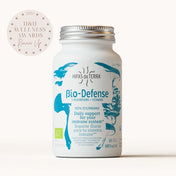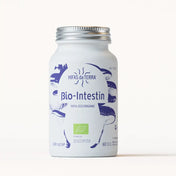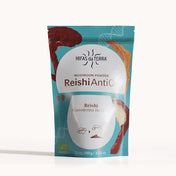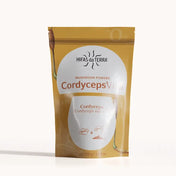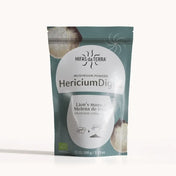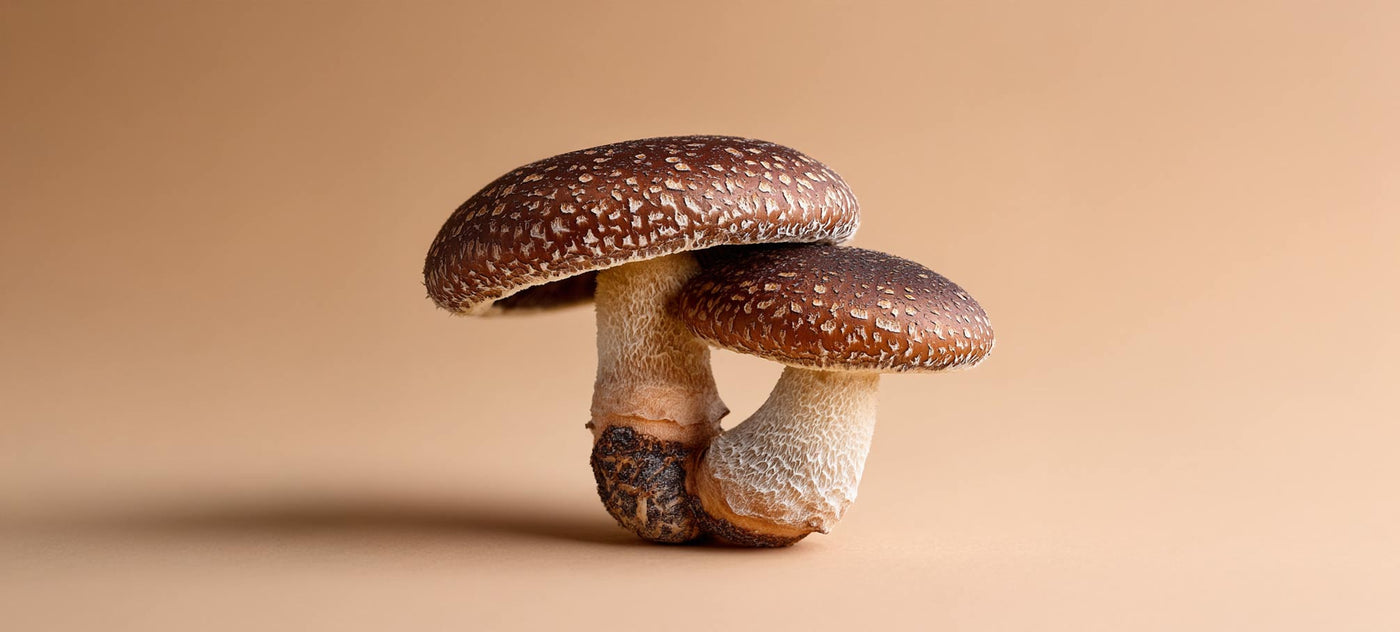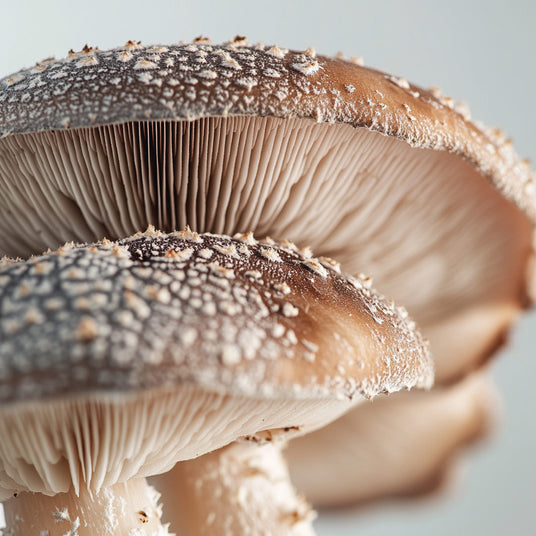
ESSENTIAL NOTES ON THE “FOREST MUSHROOM”
Like Reishi and Maitake has been featured in many publications on scientific websites. Today, medical institutions such as the New York Academy of Science and universities in Japan, China, the United States, the United Kingdom, Germany, Sweden, etc. have documented studies on this mushroom. Furthermore, the results of these investigations have been published in internationally renowned scientific journals. Lentinus is an excellent and delicious edible mushroom, highly prized in China and Japan. In addition, its qualities have been valued since time immemorial in Eastern cultures. From a nutritional point of view, it contains provitamin D, unsaturated fatty acids and large amounts of polysaccharides, especially lentinan or lentinane.
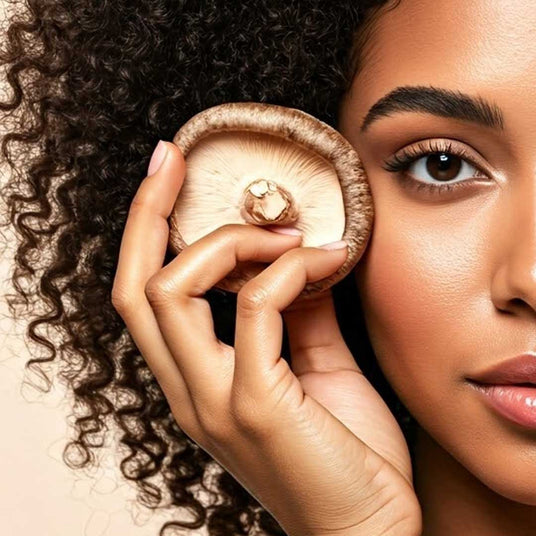
DOCUMENTED USES OF SHIITAKE
We also know that the lentinula mushroom stands out for its organoleptic qualities.
Which form offers the highest concentration of the substances present in Shiitake?
The highest concentration is found in its standardised powder extract, which can be obtained using green and sustainable technologies, concentrating its active biomolecules intact for better use of its qualities. There are also galenicals of extract in liquid form (Dr. Immune Five), which allow the dosage to be optimised to achieve results tailored to the specific needs of its use. The combination of extracts is also common in nutraceuticals with Shiitake, so it can be found with Reishi and Maitake (https://hifasdaterra.co.uk/products/mico-mix-pure-excerpts-from-reishi-shiitake-and-maitake‘>Mico-Mix) and, in another preparation, with Reishi, Maitake, Sun mushroom, Cordyceps and Chaga (Mico-Five). An intermediate option between eating grilled Shiitake and taking an extract in capsule or liquid form would be 100% micronised Shiitake powder, which can be found in the formula Bio-Intestin and in HIFAS-Microbiota. We also find Shiitake powder combined with other species such as Reishi, Maitake and Pleurotus in Bio-Defense.
Products with Shiitake
-
Bio Intestin (Shiitake, Oyster, Lion’s Mane) capsules
✓ DIGESTIVE REGULARITY ✓ PREBIOTIC
31,90 €Unit price /Unavailable -
HIFAS-Microbiota (Lion’s Mane, Oyster, Reishi, Shiitake) capsules
RELIEVES THE HEAVYNESS AND HELP YOUR INTESTINAL BARRIER
From 42,50 €Unit price /Unavailable -
Mico Mix (Shiitake, Reishi, Maitake) Capsules
HEALTHY MAINTENANCE OF CIRCULATORY FUNCTION*
57,00 €60,00 €Unit price /Unavailable
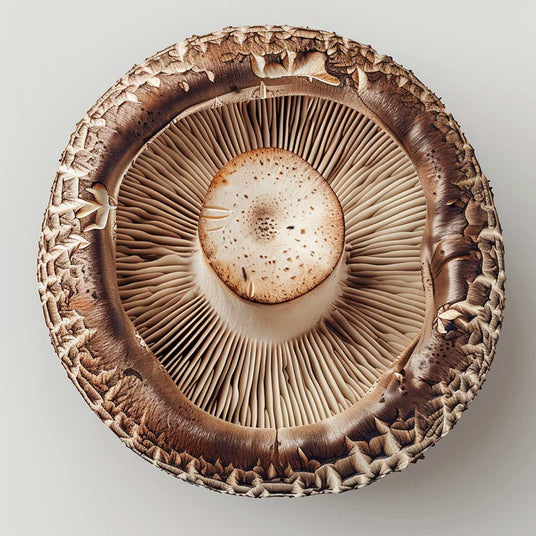
SHIITAKE CULTIVATION
This mycological species is mainly obtained from wood or wood products such as sawdust, wood chips or bark, which it colonises due to its ability as a saprophyte. Although in nature, Shiitake spreads by spores, this reproductive method is not the most recommended for producing significant quantities in cultivation. That's right, the normal cultivation technique is to use pellet inoculum to infect the logs with mycelium that is free of mould and pathogenic bacteria.
Do you want to know more?
Habitat and distribution
Habitat and distribution
The cultivation of this mushroom of Asian origin is one of the most widespread. It was originally cultivated exclusively in Eastern countries, but currently large productions are obtained both in Europe and the US., Where it has a great demand. Today, the Shiitake industry in Japan is in continuous expansion and enjoys good social reputation for its contribution to the defense of forests.
Mycological notes
Mycological notes
Lentinula edodes (Berkeley) Pegler belongs to the order Polyporales, family Polyporaceae, genus Lentinula. Lentinula edodes is the most important species of this genus, which was first classified in 1975 by Pegler. The scientific name Lentinula edodes is composed of three words: lent (flexuous), inus (resembling) and edodes (edible).
The fragrant mushroom
In addition to those already mentioned, Forest Mushroom (forest mushroom) or Black Forest Mushroom (black forest mushroom) are other names used to refer to Shiitake. In China, it is popularly known as Shaingugu (pinyin = Shang Guor Shiang-ku), which means perfumed mushroom, or Hua Gu or Qua Gu, which means white flower mushroom, a name given to the white variety of Shiitake called Donko. This mushroom has caps 5 to 25 cm in diameter with irregular edges. Above all, its gills are white with reddish tones that also darken with age. In fact, the hairy cuticle of the cap is dark brown and has concentric ring formations of different shades, which allows the commercial varieties of this mushroom to be differentiated. The stem is fibrous and centred.
The culture in bioreactors
The culture in bioreactors
Maximum quality, purity and potency in our production systems
One of thelines of research at Hifas da Terra is focused on the continuous improvement of the cultivation of different species in bioreactors (Reishi, Lion's Mane, Shiitake and Maitake) using certified organic substrates, as well as on the standardisation of the quality of the ingredients of origin to guarantee excellence in the final product developed with each mushroom. Hifas Quality System we identify biomolecules and active ingredients, we carefully select the fungal strains that contain them, we use our own specific analytical systems, and we apply analysis protocols at different stages of production. Thanks to this rigorous system, we offer natural products, supplements and nutraceuticals with the Hifas Quality System guarantee, setting us apart from other products in terms of purity and premium quality.
R&D and Shiitake studies
R&D and Shiitake studies
- Hifas da Terra conducts studies to improve fungus production processes and optimize the development of new biotechnological base ingredients
- Hifas da Terra has, in its wide mycoteca (Micological Bank Hifas), its own strains isolated from the Iberian Peninsula that selects for the development of its formulas
- Hifas da Terra develops multiple studies in collaboration with research centers and universities.
Curiosities
Curiosities
- The use of this fungus was generalized during the Ming dynasty (1368-1644) after the development of methods for its trunk cultivation.
- According to a popular legend, 5,000 years ago, a deity called Shennong endowed the world of Shiitake and all other fungi. The trunks were inoculated with Shiitake spores when a child was born. The child and fungi matured together until adulthood. As an adult, the child would have the opportunity to inherit the fortune of Shiitake production.









